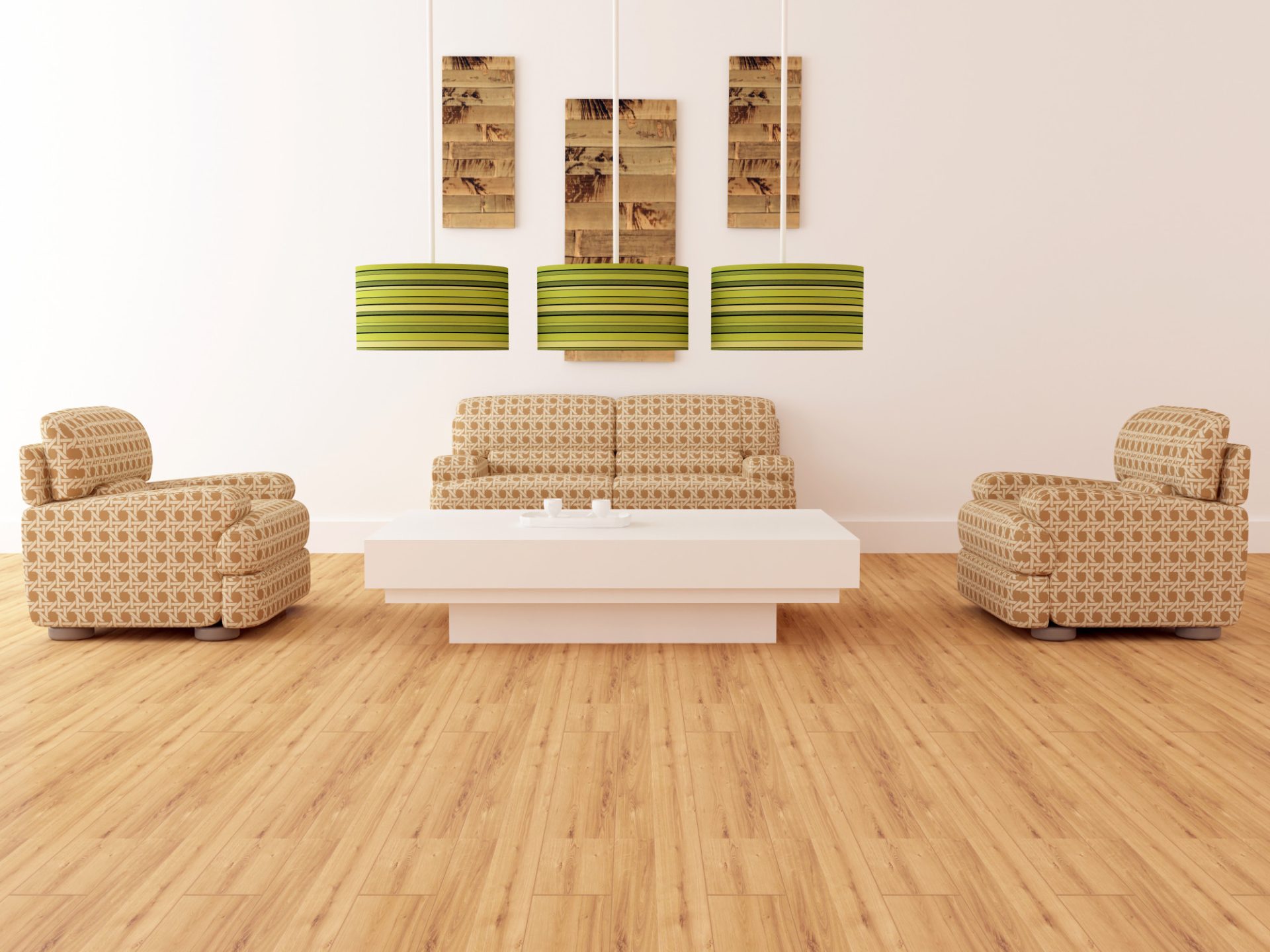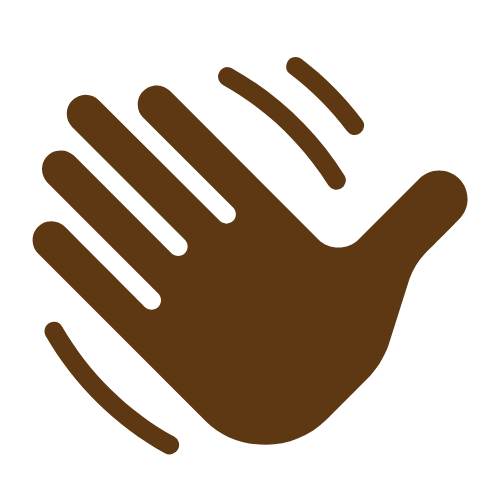5 Styles of Bamboo Flooring
- Published By: District Floor Depot

For homeowners looking for an eco-friendly option for their flooring needs, knowing that bamboo is a renewable resource, matters a lot. Bamboo can even generate 35% more oxygen than the same equivalent in trees.
That’s quite a feat considering bamboo is actually a grass. But there are other reasons to buy flooring made from bamboo. When a homeowner decides to invest in flooring, they want something that is durable, aesthetically pleasing, and budget-friendly.
High-quality bamboo flooring lasts for 25 years, comes in a variety of different looks, and costs less than many hardwoods. But that doesn’t make it any easier when you’re trying to figure out what style of bamboo flooring to buy.
We want to help you make the right decision. Here’s how to choose the best bamboo flooring.

The Five Types of Bamboo Flooring
You’ll have a few choices to make when it comes to choosing the right type of bamboo floors to install. There are a few categorizations you need to know about such as:
Grain Types
For grain types, there is horizontal, vertical, and strand-woven available.
Horizontal
Horizontal bamboo means the planks are placed next to each other and face a horizontal direction. They’re attached and then pressurized and finished.
You can see the growth rings in the flooring.
Vertical
Vertical bamboo planks are placed next to each other facing vertically. Like horizontal planks, they’re attached and then pressurized and finished.
The end result is a smooth uniform look.
Strand-Woven
Strand-woven planks are made from the remaining strands of the stalk that’s been trimmed from the long bamboo fillets. The planks are compressed together with glue then pressurized and finished.
Strand-woven is twice as hard as both horizontal and vertical bamboo.
Types of Installation
Some installation types are less complicated. Choose which one is best for your needs.
Floating: Glue-Seam
You’ll need underlayment to protect the bamboo for whatever type of sub-flooring material you use. You may also need a moisture barrier as well.
You’ll need to lay out the flooring prior to adding a glue adhesive because the glue dries quickly. The glue dries quickly and once it does it’s impossible to correct any mistakes.
Floating: Glueless-Click
This is the easiest installation process since no nails or glue are necessary. The planks click together on their own.
The pieces fit together perfectly and won’t come apart after installation.
Nail Down/Glue Down
Similar to installing hardwood floors but you’ll need to use special tools such as an electric hammer or stapler to get the nails flush with the flooring.
The installation process and guidelines differ depending on what the sub-floor is made of.
Color Types
One reason to love bamboo is the variety of colors available for flooring. You can find one to match the decor of your home or office.
Natural
Natural bamboo is a light, blonde color. There are no colorants or stains added.
Tiger
Tiger uses a combination of both carbonized and natural strips. The result is a tiger stripe pattern that’s unique to every plank.
Stained
Wood stain is used to change the coloring. It’s available in many shades ranging from light to dark.
Carbonized
With carbonized bamboo, the sugars in the plant are carmelized by boiling it for a longer period. The caramelized sugars add color to the bamboo.
How much color depends on how long the boiling process took. It’s also a softer bamboo than any other type on the market.
Direct Print
Direct print gives you the benefits of bamboo but with the look of other types of wood such as maple, oak or cherry.
Surface Texture Types
Texture gives the bamboo floors a unique look.
Smooth
Smooth bamboo flooring is coated with layers of sealant. The process makes it easy to clean and keeps the floors free from dust.
Hand Scraped
Hand scraping is done by hand and produces an antique look. But it’s also more costly due to the manual labor.
Hand Sculpted
Similar to hand-scraped flooring but with a less distressed look. It’s also more expensive than smooth.
The Five Types of Bamboo Flooring
Each type of bamboo flooring has its own pros and cons.
1. Solid Strand Bamboo – Tongue and Groove
- Much harder than traditional wood floors
- Solid wood
- Can be nailed or glued down
- Can be refinished up to five times
No real cons with this type of flooring as it’s perfect for kids and pets. It’s also budget-friendly.
2. Engineered Strand Bamboo – Click Lock
Pros
- Can be refinished up to two times (if wear layer is at least 2mm)
- Easy installation even in basements
Cons
Those who live in areas with humid summers and dry winters may need to keep their run limits shorter than 25 feet across the widths of the planks. The lengths of the planks must be 45 feet long.
However, if you have built-in humidity control in your HVAC system, you don’t have to adhere to those lengths.
3. Solid Strand Bamboo – Click Lock
Pros
- Harder than traditional wood floors
- Easy installation
- Can be refinished up to five times
Cons
- Humidity levels must be stable year-round
Otherwise, if the humidity levels vary more than 20% throughout the year, you’ll need to keep your runs at 15 feet wide and 25 feet lengthwise.
4. Classic Bamboo – Tongue & Groove
Pros
- Available in myriad colors and surface styles
- Can be refinished up to three times
- When nailed or glued down, there are no limits on continuous runs
Cons
- Only one-third the hardness of strand woven bamboo floors
Since it’s softer, it’s more prone to dents and scratches.
5. Engineered Strand Bamboo – Tongue & Groove
Pros
- Wear layer is around three times harder than wood floors
- Can be refinished up to two times if the wear layer is at least 2mm
- Easily to install
Cons
- Must manually apply a bead of glue on the inside groove of every plank for floating installations
This type of flooring is also sensitive to humidity. If humidity levels vary by more than 20%, the planks must be 25 feet across widths and 45 feet lengthwise.

Let Us Help You
Since bamboo flooring can last you up to 25 years, it’s important to choose the right type for your needs. Consulting with a professional can help you make the right decision.
We’re here to help you. Click here to contact us for a consultation.
